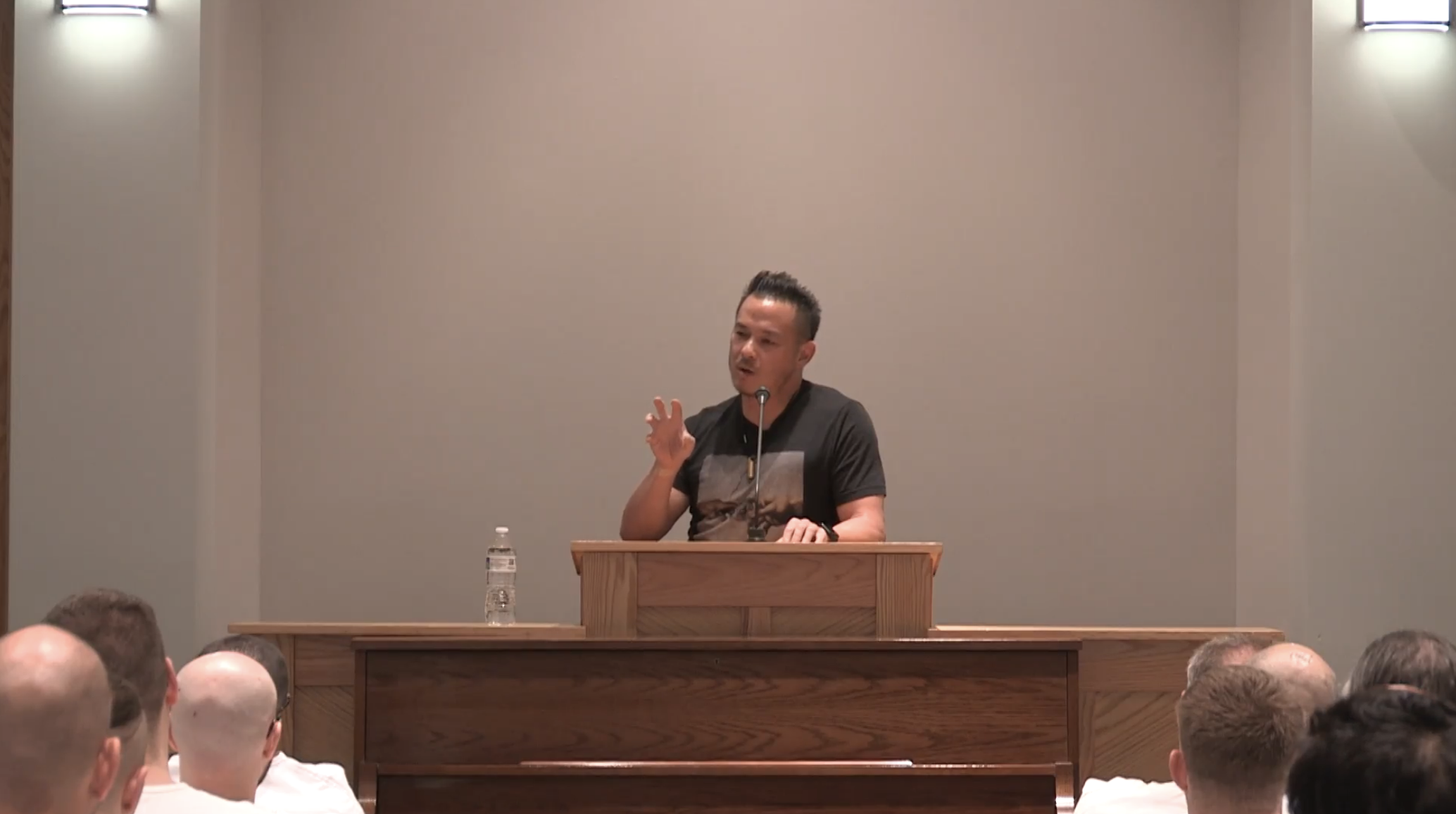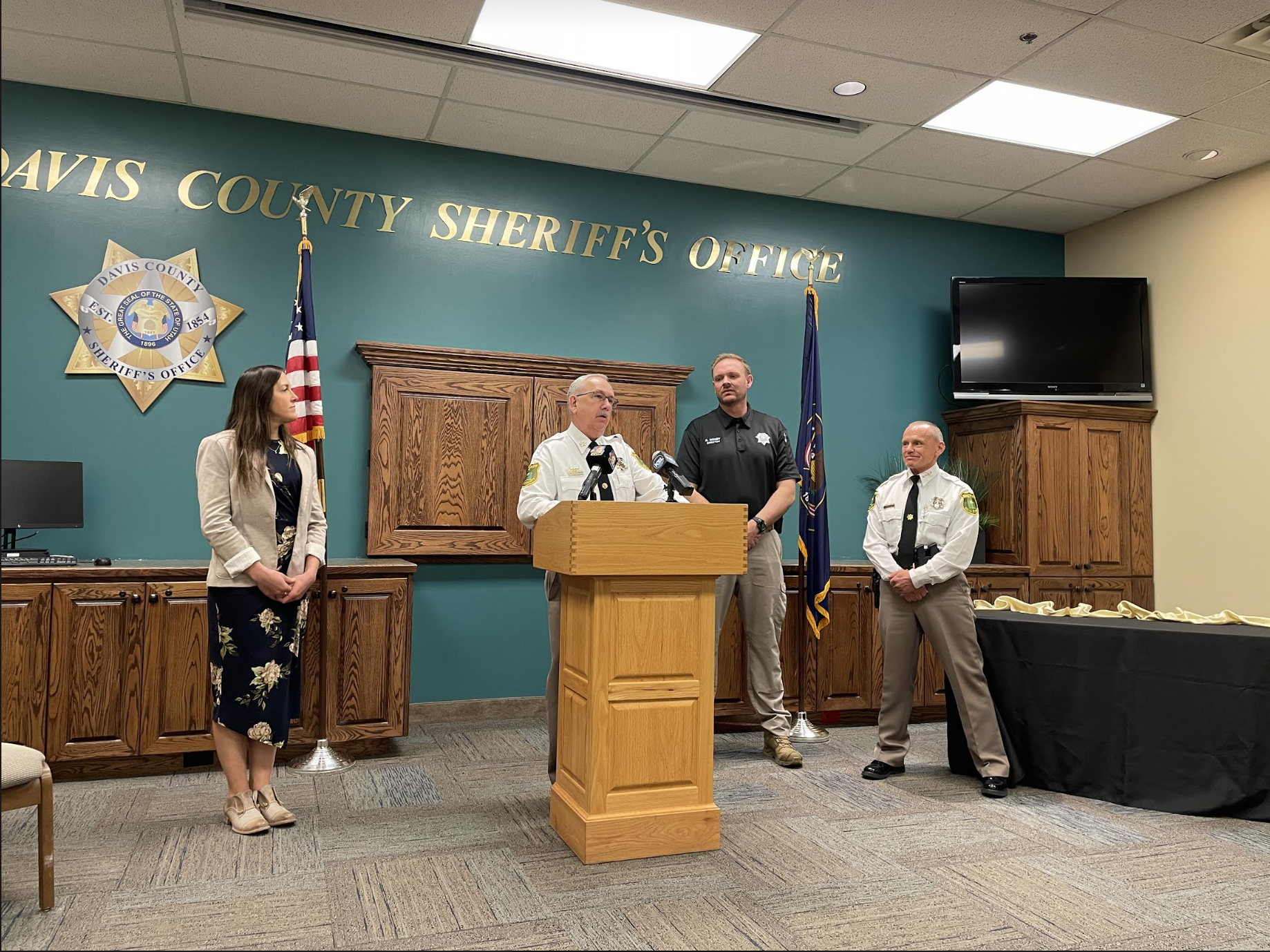
Glen Mills
Director of Communications and Government Relations
[email protected]
1.801.545.5505
Welcome to the Utah Department of Corrections press shop. Here you can stay up-to-date on press releases, blog posts and more communication coming directly from our office.

May 24, 2023
Utah Entrepreneur Dan Young speaks to Incarcerated Individuals at Central Utah Correctional Facility
On Thursday, May 18, 2023, The Central Utah Correctional Facility (CUCF) hosted Dan Young, CEO of Utah-based companies PC Laptops and Xidax Computer, who inspired incarcerated individuals while speaking on how he achieved success in business and life. Drawing from his own experiences, Young spoke about the significance of integrity, energy, and education for achieving financial success. He also
May 14, 2023
UPDATE: 05/14 NORMAL OPERATIONS RESUME: Utah Corrections provides update on temporary Correctional Facility Lockdown
Earlier today, a fight involving multiple incarcerated individuals occurred in the restricted housing unit of the Utah State Correctional Facility (USCF), resulting in injuries. Two individuals were transported to the hospital with one individual being admitted for further treatment. No staff members were injured during the incident. To ensure the safety and security of everyone involved, the Utah Department of

March 29, 2023
Pre Service Academy Class 331: Ready To Serve
The Utah Department of Corrections Training Academy continues to prepare new officers and deputies for careers in corrections. The latest to join the ranks include 35 cadets who graduated recently from Pre Service Academy 331. Of the total, 16 will go to county jails throughout the state, 6 will become part of the Adult Probation and Parole division, and The remaining 13

March 22, 2023
UDC and Davis County Expand Programming and Reentry Services for Parole Violators
The Utah Department of Corrections, in coordination with Davis County Sheriff’s Office, announced the expansion of opportunities for programming and reentry services to address individuals’ risk factors when they return to prison for parole violations. The goal is to reduce core criminogenic risk factors for those who violate parole. Individuals who violate parole represent the largest admission group for the

February 3, 2023
Utah Corrections and Attorney General’s Office Team Up to Rescue Sex-Trafficked Girl
Agents from the Utah Department of Corrections’ Division of Adult Probation and Parole have located a missing juvenile girl from Arizona, arresting a Utah man in the process. On Jan. 31, AP&P agents received information from Arizona involving a missing girl and a possible connection to Jordan Sorenson, who was convicted in June 2020 of first-degree felony aggravated sexual extortion

September 2, 2022
Corrections provides update on medications following transition to new records system
With support from the Utah Department of Health and Human Services (DHHS) and the Department of Government Operations (DGO)/Division of Technology Services (DTS); the Utah Department of Corrections (UDC) completed a comprehensive medical records review Thursday. This effort included an assessment and update of every incomplete medical record that came through during a transition to a new Electronic Healthcare Records

August 19, 2022
UDC addressing technical challenges in transition to new electronic records system
The Utah Department of Corrections was slated in February to migrate to a new electronic records system that will improve operations overall; however due to delays with the contractor, the data migration began during the move to the new prison. We are now experiencing some technical challenges with that transition. Our medical team is working around the clock to address

July 15, 2022
UDC Completes Transition From Utah State Prison to New Utah State Correctional Facility
Today, the Utah Department of Corrections completed a historic transfer of incarcerated individuals from Utah State Prison in Draper to the Utah State Correctional Facility in Salt Lake City, marking its official opening. We are grateful for the law enforcement agencies and other organizations who offered support in making this historic move to the new Utah State Correctional Facility

June 1, 2022
June 1, 2022: Property matrix for move to USCF released
In preparation for the once-in-a-lifetime move from the Utah State Prison in Draper to the new Utah State Correctional Facility in Salt Lake City, the Utah Department of Corrections has created a General Order to cover what incarcerated offenders can bring with them during the transport to the new location. The General Order – a copy of which can be

April 15, 2022
April 15, 2022: Update on Move to New Utah State Correctional Facility
The Utah Department of Corrections is just a few months away from moving the prison population at the Utah State Prison in Draper to the new Utah State Correctional Facility in Salt Lake City. We have received recent questions from the incarcerated and their families regarding their physical property. As the date approaches and details are finalized, we are dedicated